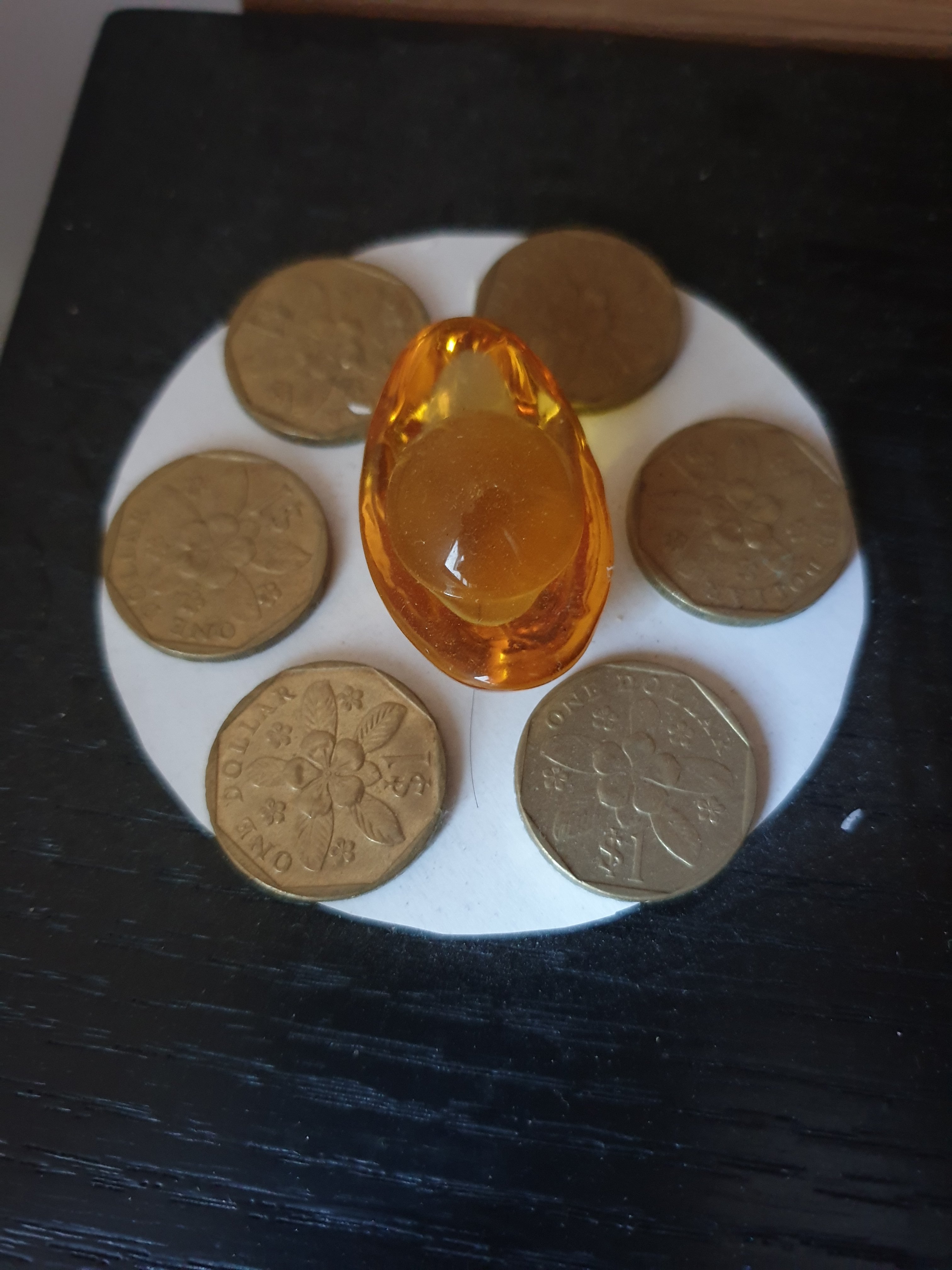
志冲斗牛
No personal profile
4Follow
0Followers
0Topic
0Badge
holding on to PLTR, but tread carefully
Palantir: Down 80% - Move Slowly, Size Properly, And Diversify
i believe it's still a potential stock for long term investment.
Sorry, the original content has been removed
Thanks for the share
3 No-Brainer Stocks I'd Buy Right Now Without Hesitation
Like
Apple: A Wonderful Business At A Fair Price, Assuming Growth Continues
Interesting
Apple Vs. Google: There's A Clear Winner
Good info
Sorry, the original content has been removed
Thanks
Should You Invest in Nvidia Right Now?
thanks
Should You Sell Amazon After Its Stock Split?
Pray for Ukraine
Russia Keeps Stock Trading Closed in Nation’s Longest Shutdown
Nice
SPDR S&P 500 ETF Trust Is a Tried-and-True Market Tracker
Go to Tiger App to see more news